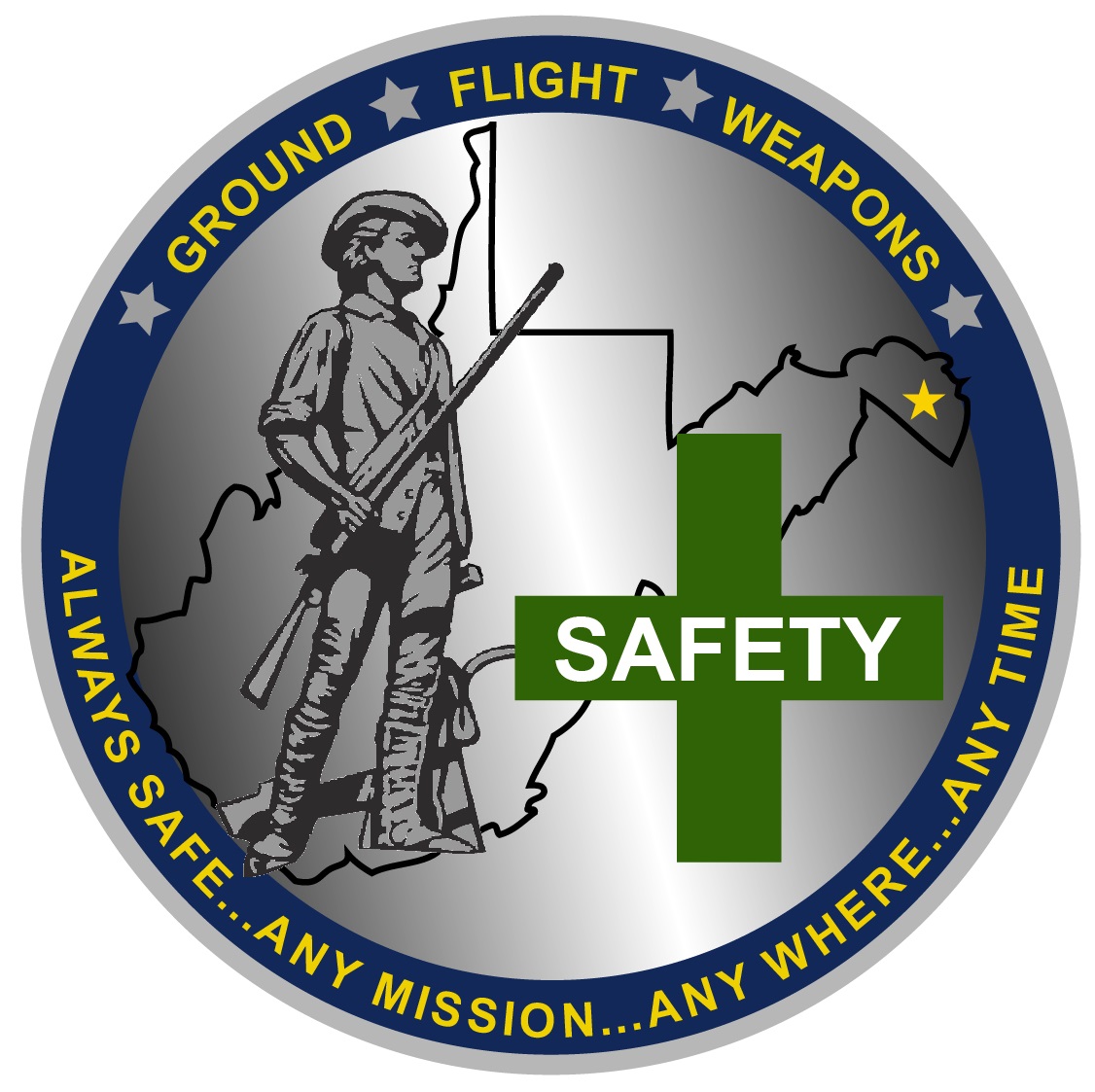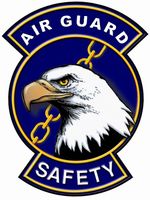Information
-
Document No.
-
Audit Title
-
Client / Site
-
Conducted on
-
Prepared by
-
Location
-
Personnel
22.9 Flammable and Combustible Checklist.
-
22.9.1. Have all personnel been provided appropriate PPE and been trained on its use, care,<br>maintenance and reporting procedures on unserviceable PPE? Reference 22.3.3
-
22.9.2. Have all personnel handling, storing or using flammable or combustible liquids received the<br>appropriate levels of training commensurate with the degree of hazard? Reference 22.4.1.2
-
22.9.3. Have pre-fire plans been developed for the flammable and combustible liquids area?<br>Reference 22.5.1
-
22.9.4. Have appropriate containers and portable tanks been procured to meet handling, storage and<br>dispensing requirements? Reference 22.5.2
-
22.9.5. Is the capacity of flammable or combustible liquid containers IAW Table 22.1? Reference<br>22.5.2.1
-
22.9.6. Are flammable and combustible liquids prohibited from office occupancies except those<br>required for maintenance and operation of building and operating equipment? Reference 22.5.2.3
-
22.9.7. Are no more than 120 gallons of Class I, Class II and Class IIIA liquids stored in a storage<br>cabinet? Reference 22.5.3
-
22.9.8. Are cabinets conspicuously labeled ―Flammable —Keep Fire Away‖? Reference 22.5.3.2
-
22.9.9. Does electrical wiring and equipment located within flammable or combustible storage<br>rooms meet the requirements of NFPA 70 for hazardous location as determined by the class of<br>materials stored? Reference 22.5.5
-
22.9.10. Are containers used for dispensing or transferring of liquids electrically interconnected<br>(bonded) to prevent static discharges? Reference 22.5.5.2
-
22.9.11. Is every inside storage room provided with a gravity or mechanical exhaust ventilation<br>system? Reference 22.5.6
-
22.9.12. Is drainage provided in locations where dispensing or transfers are accomplished?<br>Reference 22.5.6
-
22.9.13. Does exhaust air from the room go directly to the exterior of the building? Reference<br>22.5.6.1
-
22.9.14. Are storage and fire resistive ratings in compliance with Table 22.2? Reference 22.5.7
-
22.9.15. Are 3-foot aisles maintained in all inside storage areas? Reference 22.5.7
-
22.9.16. Are containers over 30-gallon capacity not stacked one upon the other? Reference 22.5.7
-
22.9.17. Is there at least one 40-B portable fire extinguisher located outside of and within 10 feet of<br>the door opening into an inside liquid storage area? Reference 22.5.7.1
-
22.9.18. Is there at least one portable fire extinguisher rated at least 40-BC located within 30 feet of<br>any Class I or Class II liquid storage area outside of a storage room but inside a building? Reference<br>22.5.7.2
-
22.9.19. Does the inside storage of any flammable or combustible liquids not physically obstruct a<br>means of egress from the building or area? Reference 22.5.8.1
-
22.9.20. Are leaking containers removed to a safe location outside the building and the contents<br>transferred to an undamaged container? Reference 22.5.8.3
-
22.9.21. Are flammable paints, oils and varnishes in 1 to 5 gallon containers, used for building<br>maintenance purposes, only stored temporarily in closed containers outside approved storage<br>cabinets or rooms if kept at the job site for less than 10 calendar days? Reference 22.5.8.5
-
22.9.22. Are water reactive materials not stored in the same room with flammable and combustible<br>liquids? Reference 22.5.8.7
-
22.9.23. Do base supply warehouses, base exchange storage rooms and commissary storage areas<br>comply with Table 22.3? Reference 22.5.8.8
-
22.9.24. Are buildings or portions of buildings used for the storage of flammables or combustibles<br>isolated by standard fire walls approved for the type and quantity of liquids being stored? Reference<br>22.5.8.8
-
22.9.25. Does the arrangement of liquid storage within a building comply with Table 22.3 and<br>Table 22.4? Reference 22.5.8.10
-
22.9.26. Are stacked containers of flammable liquids separated by pallets or dunnage, where<br>necessary, to provide stability and to prevent excessive stress on container walls? Reference<br>22.5.8.11
-
22.9.27. Are portable tanks which are stored over one tier high designed to nest securely without<br>dunnage? Reference 22.5.8.12
-
22.9.28. Is adequate material handling equipment available to handle tanks safely at upper tier<br>levels? Reference 22.5.8.12
-
22.9.29. Is no stack closer than three (3) feet to the nearest beam, chord, girder or other obstruction<br>and at least three (3) feet below sprinkler deflector or discharge orifices of water spray or other<br>installed fire protection system? Reference 22.5.8.13
-
22.9.30. Do containers bear clearly legible labels to identify contents and indicate hazards?<br>Reference 22.5.8.15
-
22.9.31. When curbs are used, are provisions made for draining accumulations of ground or rain<br>water or spills of flammable or combustible liquids? Reference 22.5.9.3
-
22.9.32. Do drains terminate at a safe location and are they directly accessible to the fire operations?<br>Reference 22.5.9.3
-
22.9.33. Is at least one portable fire extinguisher rated not less than 20-B located between 10 feet<br>and 25 feet travel distance of any Class I or Class II liquid storage area outside of a storage room?<br>Reference 22.5.9.4
-
22.9.34. Are containers and portable tanks used for Class I liquids grounded and bonded during<br>liquid transfer? Reference 22.5.9.6
-
22.9.35. Are containers having flammable or combustible liquids protected from heat sources?<br>Reference 22.5.9.7
-
22.9.36. Are open flame devices and smoking prohibited within 50 feet of the flammable or<br>combustible storage area? Reference 22.5.9.7
-
22.9.37. Are approved safety cans used for transporting and dispensing flammable liquids in<br>quantities of five (5) gallons or less? Reference 22.5.10.1
-
22.9.38. Are flammable liquids kept in covered containers when not actually in use? Reference<br>22.5.10.2
-
22.9.39. Are plans made and means available to promptly clean up or remove spills? Reference<br>22.5.10.3
-
22.9.40. Are Class I liquids used only where there are no open flames or other sources of ignition<br>within the area or possible path of vapor travel? Reference 22.5.10.4
-
22.9.41. Has a list of working supplies and operating instructions on handling of flammable and<br>combustible liquids been developed? Reference 22.6.1.2
-
22.9.42. If the total quantity of flammable or combustible liquids exceeds 10 gallons, are they stored<br>in an approved storage cabinet or storage room? Reference 22.6.1.2
-
22.9.43. Are flammable or combustible liquids prohibited from being stored or transferred from one<br>vessel to another in any exit way, corridor or passageway leading to an exit? Reference 22.6.1.2
-
22.9.44. Are flammable and combustible liquids prohibited from receiving areas, storage areas or<br>storage facilities unless adequately approved design, construction and fire protection requirements<br>are suitable for the hazard and quantity involved? Reference 22.6.1.3
-
22.9.45. Are containers used to draw from an original container marked to identify their contents?<br>Reference 22.6.1.3
-
22.9.46. Are refrigerators or cooling equipment labeled or stenciled ―Approved for Flammable<br>Liquid Storage‖? Reference 22.6.1.3
-
22.9.47. Are flammables and combustibles kept away from open flames, hot surfaces, steam pipes or<br>other heat sources? Reference 22.6.1.4
-
22.9.48. Do laboratories have fire protection appropriate for their fire hazard classification?<br>Reference 22.6.2)
-
22.9.49. In rooms or other areas accessible to the public, is storage limited to quantities needed for<br>display and normal merchandising purposes not to exceed two (2) gallons per square foot of gross<br>floor area? Reference 22.7
-
22.9.50. Are Class IA flammables prohibited in basement areas and limited to one (1) gallon per<br>square foot on any other floor? Reference 22.7.1
-
22.9.51. Are Class IB, IC and II liquids in areas, other than the ground floor, not protected limited to<br>one (1) gallon per square foot of gross floor area? Reference 22.7.1
-
22.9.52. On floors above ground level, is storage or display of Class I and Class II liquids limited to<br>60 gallons in unprotected occupancies and 120 gallons in protected occupancies? Reference 22.7.2
-
22.9.53. Are containers in a display not stacked more than three (3) feet or two (2) containers high,<br>whichever is greater? Reference 22.7.3
-
22.9.54. Are leaking containers removed to a safe location and the contents transferred to an<br>undamaged container, appropriately labeled, and the leaking container disposed of in a safe manner?<br>Reference 22.7.5
-
22.9.55. Are stacked containers separated by pallets or dunnage where necessary, to provide stability<br>and to prevent excessive stress on the containers‘ walls? Reference 22.7.9
-
22.9.56. Are stacks no closer than three (3) feet from the nearest beam, chord, girder or other<br>construction object, and no closer than three (3) feet below sprinkler deflector or discharge orifices<br>of water spray or other installed fire protection system? Reference 22.7.10
-
22.9.57. Are aisles at least three (3) feet wide provided for clear access to doors, windows or fire<br>department connections? Reference 22.7.11
-
22.9.58. Do all containers bear clearly legible labels to identify contents and indicate hazards?<br>Reference 22.7.12
-
22.9.59. Are fueling operations conducted in outside areas free from ignition sources?<br>Reference22.8.1
-
22.9.60. Are fuel tanks not filled or drained inside buildings or other facilities where vapors can<br>accumulate? Reference 22.8.1
-
22.9.61. Are refueling operations conducted after engines have had a minimum of five (5) minutes<br>of cooling time? Reference 22.8.2
-
22.9.62. Are refueling operations accomplished using a safety can with pouring spout or funnel?<br>Reference 22.8.3
-
22.9.63. Are fuel spills appropriately cleaned up before attempting to start any engine? Reference<br>22.8.3








